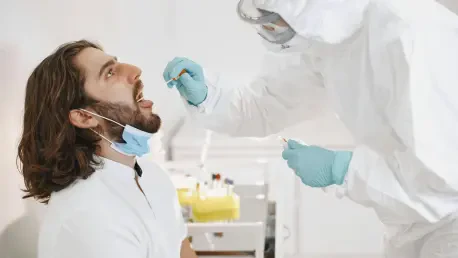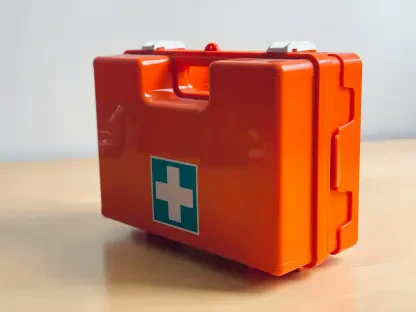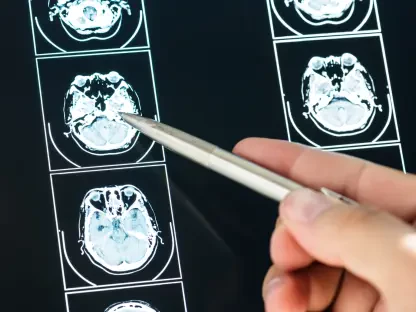The swift development and deployment of COVID-19 rapid antigen tests during the height of the pandemic represented a significant stride in public health response. Facilitated by the U.S. Food and Drug Administration’s Emergency Use Authorization, these tests promised quick results, enabling timely decision-making in various settings, from homes to healthcare facilities. However, recent research published in Clinical Microbiology and Infection has sought to scrutinize the diagnostic accuracy of these tests beyond their initial preapproval validations. Led by a team from Cochrane Denmark and the Centre for Evidence-Based Medicine Odense, the study delves into whether these rapid tests maintain their performance when confronted with the complexities of real-world conditions. With the overarching aim to validate the consistency of these tests, the investigation synthesizes data from numerous studies across multiple rapid test brands, highlighting disparities between laboratory settings and everyday usage.
Consistency of Diagnostic Accuracy
A pivotal takeaway from the analysis underlines that many FDA-authorized rapid antigen tests demonstrate remarkable consistency in diagnostic accuracy when comparing preapproval and postapproval settings. The research consolidated findings from a variety of studies, examining over 15,500 subjects across 13 preapproval and 26 postapproval investigations. It emerged that the pooled sensitivity rate in preapproval environments stood at 86.5%, closely mirroring the 84.5% observed in subsequent real-world applications. Notably, specificity held steady at 99.6%, underscoring the reliability of these tests in detecting COVID-19 accurately.
This narrow disparity between preapproval and postapproval sensitivity rates is significant given initial skepticism derived from broad systematic reviews. These earlier evaluations suggested potential overstatements by manufacturers regarding the efficacy of the tests under real-world conditions. The findings cast doubt on such skepticism, affirming that when administered correctly per manufacturer guidelines, the majority of rapid tests align with original data, thereby providing reassurance to users.
Notable Exceptions and Challenges
While an overarching trend points to consistency, the study also elucidates critical exceptions among specific test brands. LumiraDx and SOFIA, in particular, manifested significant drops in sensitivity after receiving FDA approval. Previously lauded for sensitivity rates exceeding 96% in controlled environments, these brands experienced declines of 10.9% and 15.0%, respectively, during real-world evaluations. The discrepancy raises questions about whether initial study conditions inadvertently bolstered performance or if evolving virus variants have challenged these tests’ detection capabilities outside laboratory conditions. Such exceptions underscore the necessity for rigorous, ongoing evaluations of test performance post-market entry, highlighting vulnerabilities in the current oversight mechanisms.
A vital issue brought to light is the insufficient extent of postapproval research. Despite the proliferation of 61 rapid test brands approved by the FDA, only a fraction, about 21%, have undergone thorough postapproval scrutiny. This leaves a substantial 79% of tests, many utilized in a diversity of settings, without comprehensive evaluation. The lack of consistent postmarket surveillance creates an oversight gap that needs addressing, especially during ongoing or future public health crises where tests are instrumental in guiding immediate responses.
Recommendations and Future Implications
The analysis highlights a key finding, showing that many rapid antigen tests authorized by the FDA maintain consistent diagnostic accuracy in both preapproval and postapproval scenarios. Research gathered data from various studies involving over 15,500 subjects across 13 preapproval and 26 postapproval investigations. The pooled sensitivity rate during preapproval phases was 86.5%, similar to the 84.5% noted in real-world settings later. Specificity remained high at 99.6%, affirming the reliability of these tests in accurately detecting COVID-19 cases.
This slight difference between preapproval and postapproval sensitivity rates is important, especially considering early skepticism fueled by wide-ranging systematic reviews. These reviews initially indicated that manufacturers might have exaggerated the effectiveness of tests under real-world conditions. However, the study dispels many doubts, suggesting that when rapid tests are used according to manufacturer instructions, their performance is consistent with initial data, providing confidence to users about their reliability.









